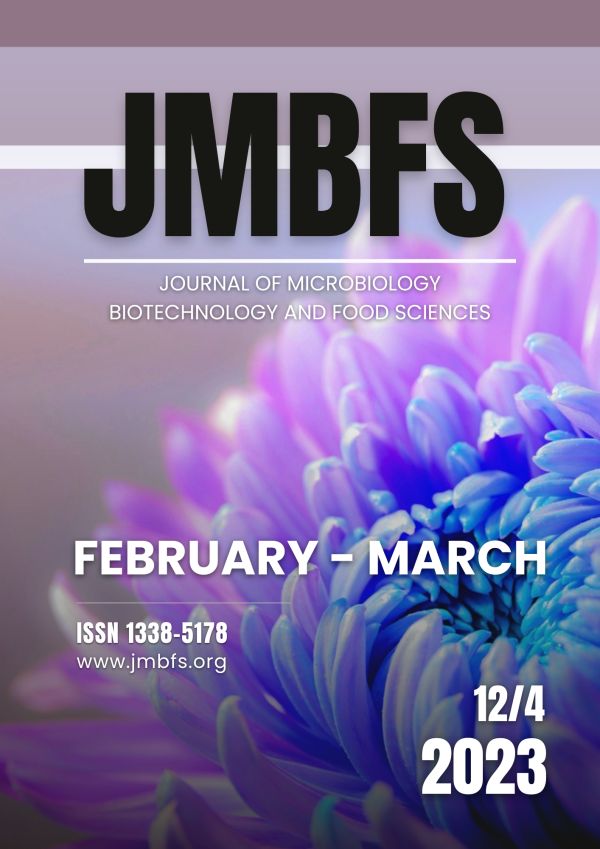THE INFLUENCE OF VETERINARY AND ZOOTECHNICAL MEASURES ON THE CONTENT OF ESSENTIAL MICROELEMENTS AND THE QUALITY OF MEAT OF WILD DEER-LIKE IN THE WESTERN REGION OF UKRAINE
DOI:
https://doi.org/10.55251/jmbfs.9344Keywords:
aviary maintenance, meat quality, microelements, wild ungulatesAbstract
In the 20th century, representatives of the Cervidae family, in particular the red deer (Cervus elaphus) and fallow deer (Dama dama) became relatively popular "farm animals", they began to be bred on farms as semi-domestic animals. In Ukraine (especially in its western region) such opportunities are extremely large, which is due to the large areas of agricultural land, the use of which for agriculture and animal husbandry is impractical. Іn order preserve authenticity wild animals and to maximally improve the quality of the meat obtained from them, it is necessary to carry out veterinary and zootechnical measures in such a farm and they should be of with as little human disturbance as possible to reduce animal stress. The application of veterinary drugs specially developed for aviary complexes to red deer (n=18) and fallow deer (n=18) on the background of a corrected diet twice during three seasons (years) in conditions of semi-free housing did not affect on the organoleptic indicators and moisture content of the meat, but contributed to a more intense increase in its quality due to an increase in the mass fraction of protein by 13.8 and 10.8%, fat – by 7.4 and 15.5%, ash – by 19.1 and 44.2%, as well as enrichment with trace elements: the content of zinc increased by 23.9 and 38.6%, copper – by 6.6 and 13.2%, iron – by 6.4 and 1.9%, manganese – by 20.4 and 19.5%, cobalt – by 30.0 and 50.0%, selenium – by 11.8 and 11.3% respectively.
Downloads
Downloads
Published
How to Cite
Issue
Section
License
Copyright (c) 2022 Volodymyr Pepko, Oleksandr Orobchenko, Roman Sachuk, Bogdan Gutyj, Yаroslav Stravskyy, Tetіana Velesyk, Orest Katsaraba

This work is licensed under a Creative Commons Attribution 4.0 International License.
All papers published in the Journal of Microbiology, Biotechnology and Food Sciences are published under a CC-BY licence (CC-BY 4.0). Published materials can be shared (copy and redistribute the material in any medium or format) and adapted (remix, transform, and build upon the material for any purpose, even commercially) with specifying the author(s).





